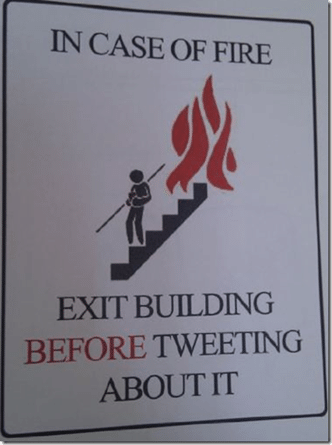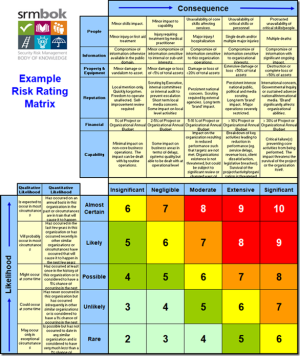What Your Emergency Plan Needs To Contain
Guest post
 The unfortunate will happen, accidents will occur — but when they happen is undetermined. However, just because you’re not able to accurately figure out when these accidents will take place does not mean you cannot be prepared. Although your business may be taking every precaution there is to prevent disasters in the workplace, with safety policies and procedures, you’ll still need the security that emergency plans provide.
The unfortunate will happen, accidents will occur — but when they happen is undetermined. However, just because you’re not able to accurately figure out when these accidents will take place does not mean you cannot be prepared. Although your business may be taking every precaution there is to prevent disasters in the workplace, with safety policies and procedures, you’ll still need the security that emergency plans provide.
An emergency plan is your business’s set of instructions for workers and anyone involved to follow should crises or incidents occur. These emergencies are: explosions, fires, natural disasters (e.g., earthquakes, tsunami, flooding, etc.), medical emergencies, bomb threats, and a host of others. Of course, the nature of the emergency will depend mostly on the activities that your business does. For instance, if you were operating a chemical plant, then your plan should include emergency procedures for toxic spills.
In addition to including emergencies specific to your work activities, your plan should also contain procedures for external hazards. If you weren’t operating a chemical plant but were actually located near one, then it would be advisable to get emergency procedures in place for possible accidents that may affect your business.
For emergency plans to work, it should specify actions for the following:
· Emergency procedure
· Evacuation procedure
· Medical treatment and response
· Communication between relevant authorities to coordinate the emergency response
· Notification to emergency service organisations
· Assessment of emergency procedures
· Training, instruction, and information to workers in implementing procedures
· Practical information that includes a map of the workplace pointing to emergency exits, protection equipment, and assembly areas.
Other relevant aspects should also be considered when developing emergency plans, like national disaster plans and legislation governing public health and safety. Your plan may also need to cover employees who have to travel for work or are stationed in remote areas. Consideration should also be made for workers with certain disabilities such as the hearing- or vision-impaired.
The great thing about developing emergency plans today is that you can buy an Emergency Plan Template so you can get started immediately. High quality templates will save you time and keep you from forgetting certain entries into the plan. When buying your emergency plan templates, though, make sure that it is designed for the sort of hazards your workplace may encounter. Naturally, businesses involved in higher-risk activities such as demolition, chemical processing, and mining will need additional requirements to enhance their emergency plans.


Do you have any thoughts? Please share them below